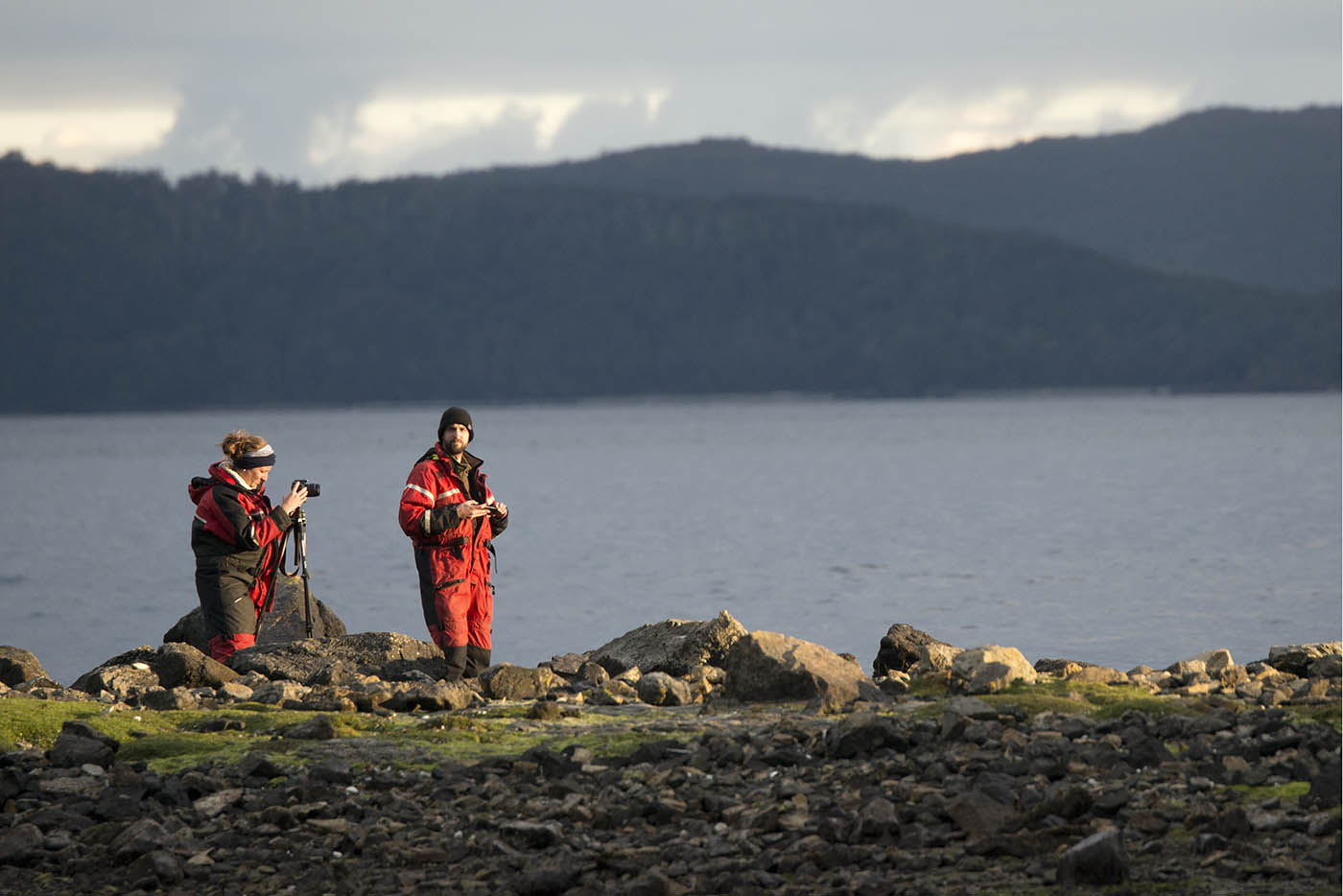500 metres is a very long way down. We humans walk around with about 10, 000 metres of air on top of us. Its called the atmosphere. We dont feel anything abnormal about that, as that air pressure is what we have become used to since long before we can remember. Since a few years back though, a certain curiosity attaching itself to our fantastic brains has managed to engineer ways of looking beneath the sea surface where much of the workings of our life support system lie hidden. Free-diving island cultures such as the Hawaiians had found ways to insert themselves directly into the larder by hooking and spearing fish, gaining their livelihood directly by holding their breath long enough to outwit each fish that swam too close to their field of vision. Balance was inherent in such as system. Since the industrial revolution, fuelled by long dormant energy reserves, we have found ways to sense remotely and kill on a massive scale what they had seen and hunted experientially with their own eyes. Without conscience, we have used our new capacity to defraud the depths of its life giving capacity without regard to the eventual effect of our actions on our own future. Here perhaps, is where scientific curiosity may come to our aid. Science is now very much involved with penetrating and understanding the workings of our ecosystem, to expand our consciousness of our own place inside of it. If we can use science, decoupled from destructive technology, we may just have a chance, as a species, to survive.
The sea is very resistant to giving up its secrets though, due to the fact that the pressure below its surface increases by one atmosphere every 10 metres of depth. 500 metres therefore is subject to a pressure 50 times as great as the pressure at which we function without fear of sensing anything abnormal. The ROV (Remote Operated Vehicle) is a fabulous looking machine, connected with all its umbilicals to the support vessel “Noctiluca”, it has eyes and ears that can send us images and sounds, it has an arm that can grab at things, it can swim in three dimensions at our command. It can neither taste, nor smell. It fears nothing. It is we who fear.
Full of hope, we watched Noctiluca slide smoothly away from Saoirse out of our snug little harbour. Years of effort are centred around this one moment – its like looking for gold, the gold in this case being a snapshot of what sort of life exists (if any) at these inhospitable depths. On a personal level, it is like looking for life on Mars, even if we find none in that place it does not mean that it does not exist, for life is everywhere and it will later prove to be balanced around that singular point which appears to be void of it. The only way we can really fail is not to try to look.
Hoping that they would be out the full day, I turn my attention to the plethora of activities that must go on to ensure the smooth running of the mission. Mostly, this is all about doing dishes and vacuuming the floor. Halfway through firing up the vacuum cleaner though, we hear the sound of Noctiluca returning and I lurch up on deck to see Fossi looking dejected as they moor back alongside. “We are getting shocks off the frame of the ROV, we got it down a little ways but then the cable drum also became live. No way to operate the machine like that!” Suddenly the ROV has become our enemy, threatening to kill anyone who touches it. They had managed to retrieve it, but it appeared a lengthy diagnosis would be called for.
To cut a long story short, the ROV resisted our best efforts to repair it for some days, whilst Vreni and Mette took advantage of the boat time by continuing with more exploratory scuba dives in the immediate vicinity of the boat. Right at the end of our tether, on the last two days of the expedition, Fossi returned triumphant in the Noctiluca from Canal Messier. The ROV had finally reached the end of its own tether and brought back images and video down to -480m. We excitedly parsed through the video that evening. The ROV had dived down a near vertical rock wall: indeed there was life down there, less and less as the thin beam of light descended the wall, but certainly intriguing enough to come back (with better luck!) for a more detailed inspection.
April 29 we hitched the Noctiluca alongside Saoirse and side-towed our way slowly back to Puerto Eden to finish out the trip. A little undignified perhaps, but we were all relieved to bring the boat safely home at last. Not only that, but a good result “in the can!”





